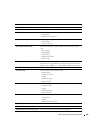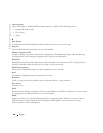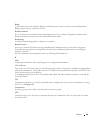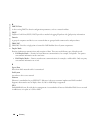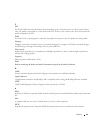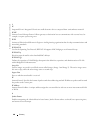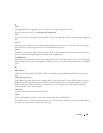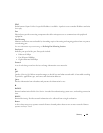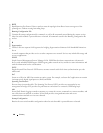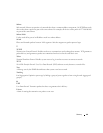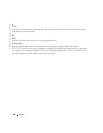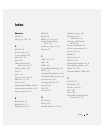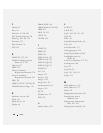
Glossary 393
L
LAG
Link Aggregated Group
. Aggregates ports or VLANs into a single virtual port or VLAN.
For more information on LAGs, see
Defining LAG Membership
.
LAN
Local Area Networks.
A network contained within a single room, building, campus or other limited geographical
area.
Layer 2
Data Link Layer or MAC Layer
. Contains the physical address of a client or server station. Layer 2 processing is
faster than Layer 3 processing because there is less information to process.
Layer 4
Establishes a connections and ensures that all data arrives to their destination. Packets inspected at the Layer 4
level are analyzed and forwarding decisions based on their applications.
Load Balancing
Enables the even distribution of data or processing packets across available network resources. For example, load
balancing may distribute the incoming packets evenly to all servers, or redirect the packets to the next available
server.
M
MAC Address
Media Access Control Address
. The MAC Address is a hardware specific address that identifies each network
node.
MAC Address Learning
MAC Address Learning characterizes a learning bridge, in which the packet’s source MAC address is recorded.
Packets destined for that address are forwarded only to the bridge interface on which that address is located.
Packets addressed to unknown addresses are forwarded to every bridge interface. MAC Address Learning
minimizes traffic on the attached LANs.
MAC Layer
A sub-layer of the
Data Link Control
(DTL) layer.
Mask
A filter that includes or excludes certain values, for example parts of an IP address.
For example, Unit 2 is inserted in the first minute of a ten-minute cycle, and Unit 1 is inserted in fifth minute of
the same cycle, the units are considered the same age.



